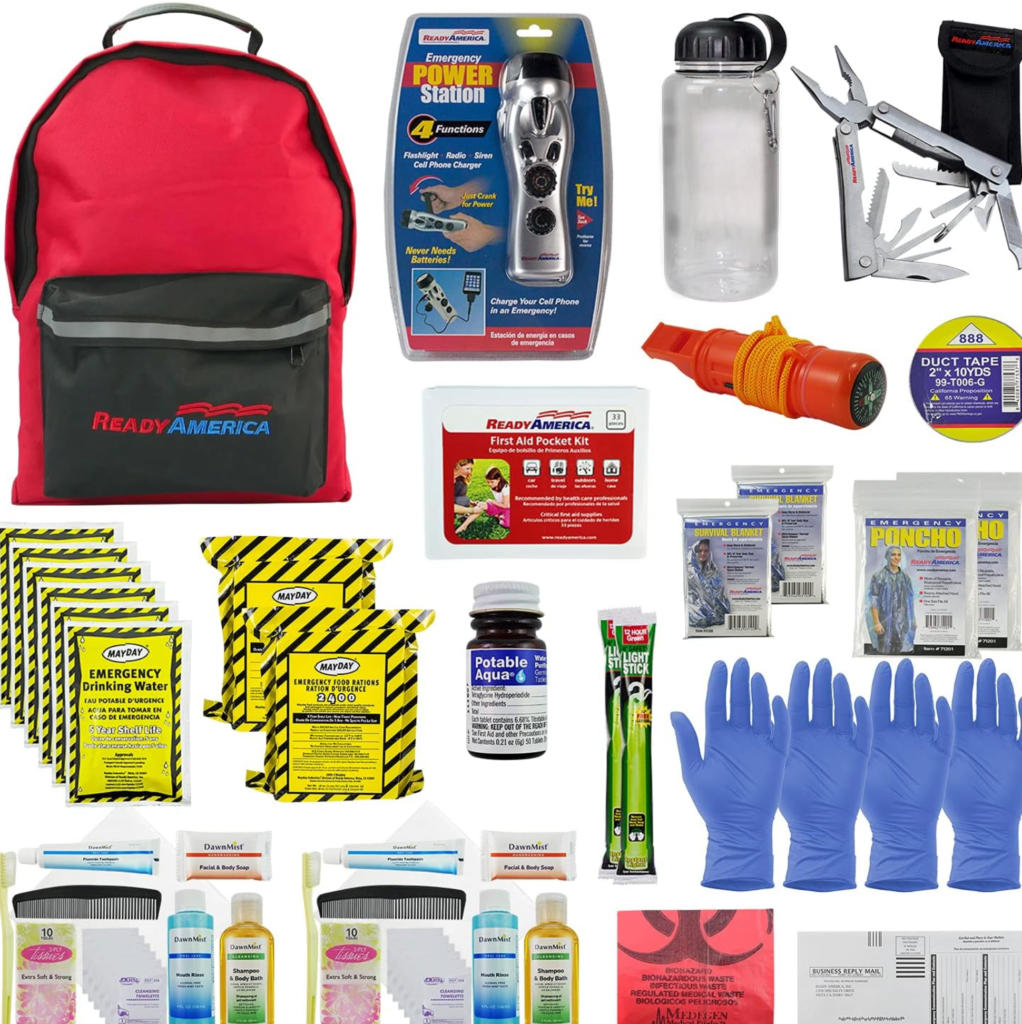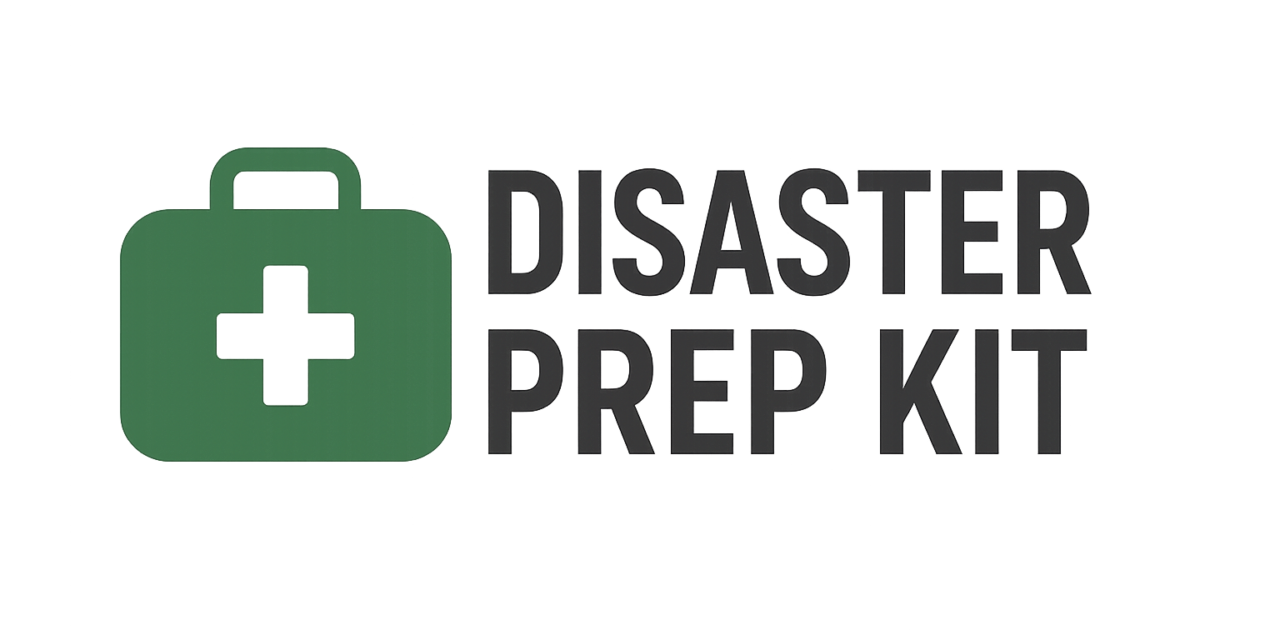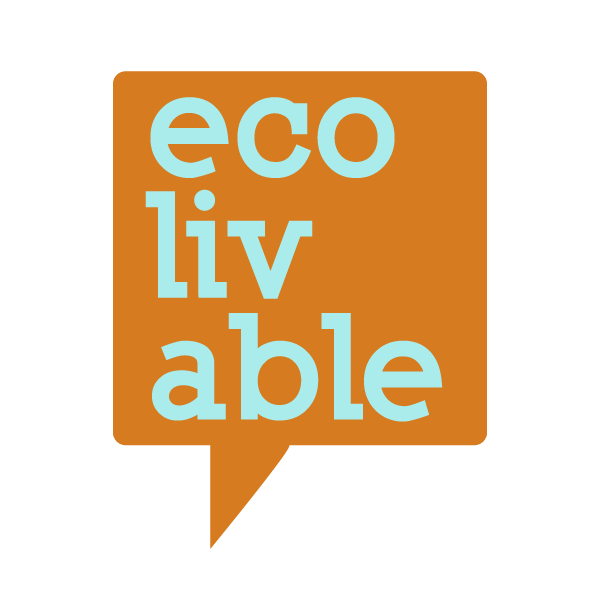When disaster strikes, time is limited — and preparation is everything. A 72-hour emergency kit, also known as a bug-out bag or go bag, contains essential items to help you survive the first three days of an emergency such as a wildfire, earthquake, power outage, or evacuation.
Whether you’re preparing for your family, your car, or your office, this guide walks you through exactly what to pack and why — plus includes a printable checklist you can use today.
What Is a 72-Hour Emergency Kit?
A 72-hour emergency kit is a backpack or duffel bag filled with food, water, shelter, medical, and survival supplies designed to keep one person alive and stable for 3 days. These kits are vital because:
- Emergency services may not be able to reach you immediately.
- Stores may be closed or supplies unavailable.
- You may need to leave your home suddenly.
Having a ready-to-go kit can mean the difference between chaos and control.
Core Categories to Include
Here are the 7 essential categories that your kit should cover:
1. Water
- 1 gallon per person per day (3 gallons total)
- Water purification tablets or portable water filter
✅ Recommended: LifeStraw Personal Water Filter
✅ Alternative: Potable Aqua Water Purification Tablets
2. Food
- 3 days of non-perishable food (energy bars, canned meals, freeze-dried pouches)
- Manual can opener (if using cans)
✅ Recommended: ReadyWise 72-Hour Food Supply Kit
3. Shelter & Warmth
- Emergency blanket (Mylar or wool)
- Compact tarp or bivvy sack
- Extra socks and thermal underwear
✅ Recommended: SOL Emergency Bivvy Sack
4. Lighting & Power
- LED flashlight with extra batteries
- Hand-crank radio with NOAA weather channels
- Solar phone charger or battery bank
✅ Recommended: RunningSnail Emergency Radio with Hand Crank & USB
5. First Aid & Hygiene
- Basic first aid kit with bandages, antiseptics, tweezers, gloves
- Wet wipes, hand sanitizer, toothbrush, toothpaste
- Pain relievers and any essential prescriptions
✅ Recommended: Adventure Medical Kits – Mountain Series
6. Tools & Self-Defense
- Multi-tool or survival knife
- Firestarter or waterproof matches
- Duct tape and paracord
✅ Recommended: Leatherman Wave+ Multi-Tool
7. Documents & Cash
- Copy of ID, insurance, emergency contacts
- Local maps
- $100–$200 in small bills
Free 72-Hour Emergency Kit Checklist (Printable)
You can use this checklist to build your own kit or verify the contents of a pre-made one. Keep one in your home, one in your car, and consider one for your workplace.

Pre-Made Kits vs. DIY: Which Is Better?
- Pre-Made Kits are fast, convenient, and great for people just getting started.
- DIY Kits allow customization and may include higher-quality items.
✅ Starter Pick: Ready America Deluxe Emergency Backpack
Final Tips
- Review your kit every 6 months (replace expired food/water)
- Store it in an easy-to-reach location
- Make one for each family member, including pets


